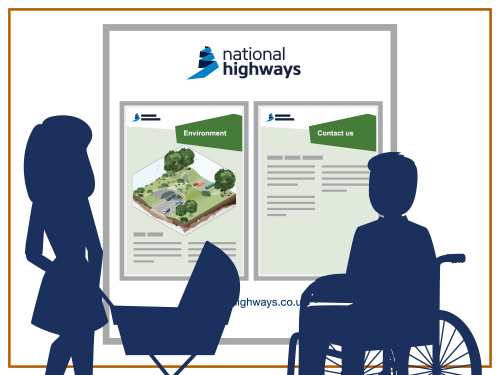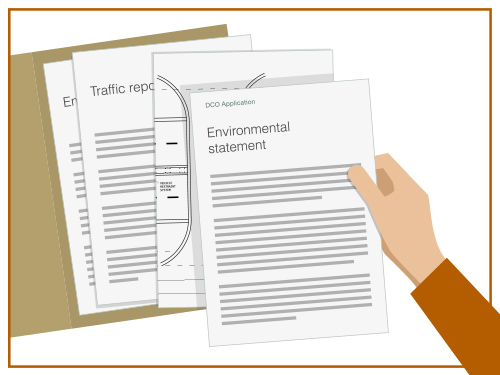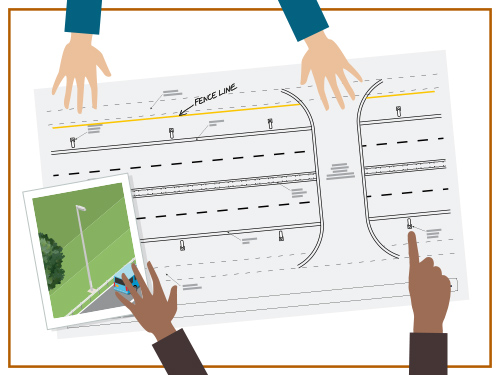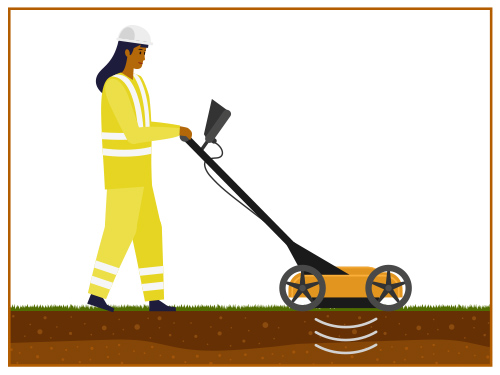About the scheme
Our transformation of the A303 at Stonehenge will sort out a road that does not work for drivers or for people who live, work and holiday in Wiltshire and the south west.

As part of the most direct route between the south east and the south west, the A303 at Stonehenge plays a big part in the daily lives of thousands of people. Because traffic flows along the single carriageway section between Amesbury and Berwick Down are twice what it was originally designed for, the route can be a daily struggle for many. We're planning to greatly improve it.
Watch our short animated film now to learn more about our proposed upgrade.
Stonehenge is a special place. Iconic. World renowned. Helping to conserve and enhance the World Heritage Site is one of our key objectives. We now have a once-in-a-generation opportunity to do just that.
We take that responsibility very seriously – that’s why we’ve worked extremely closely with heritage bodies discussing design solutions right from the very beginning of the project. And we will continue to involve our stakeholders as we progress to leave a positive and lasting legacy.
Minimising our impact on the environment – and improving biodiversity where we can – is fundamental to the scheme. Over the past few years, our team of environmental experts has carried out extensive surveys and studies to understand wildlife populations and movements, assessing air quality and modelling noise levels. We’ve also engaged with a host of environmental organisations including Natural England, RSPB and the Environment Agency.
All this has helped us identify how best to maximise the benefits. The design reflects this, including features such as green bridges which will help wildlife cross the new road, landscaping and screening. The creation of an area of new chalk grassland will establish new habitats for wildflowers, bats, butterflies and birds, including the rare stone curlew.
This work is pulled together in our extensive 7000-page environmental statement, which forms part of our Development Consent Order (DCO) application. We’ve made it easier to access this information by making it digital- the UK’s first purpose-built digital environmental statement containing maps, reports and visualisations.
Ongoing site investigation
Over the coming months you might see some of our team or equipment in the area. We’ll be carrying out more surveys to find out the most up-to-date details about the ground conditions, water levels and topography. Every bit of information we gather helps garner knowledge about the area and ensures we are making decisions based on the latest evidence and material.
We began the formal procurement process in July 2019, which is expected to continue until spring 2022.
The contract notice has been published in the Official Journal of the European Union. The award of the contract will provide a wide range of opportunities for companies to be part of the project with the successful contractor.
Read the full contract notice full contract notice.
The A303/A358 corridor is a vital connection between the South West and the South East. While much of the road is now dual carriageway, there are still over 35 miles of single carriageway road. Improving the A303 past Stonehenge is just one of eight schemes planned along the corridor, announced by the Government in 2014. Collectively they are designed to provide a continuous high quality dual carriageway route, opening up the South West.
Scheme overview
Have a look at our scheme maps now to see what the A303 between Amesbury and Berwick Down could look like in the future.
What we're planning to build
Our proposal includes eight miles of new and improved dual carriageway road. Expand each of the bullets below to find out other key elements of our scheme.
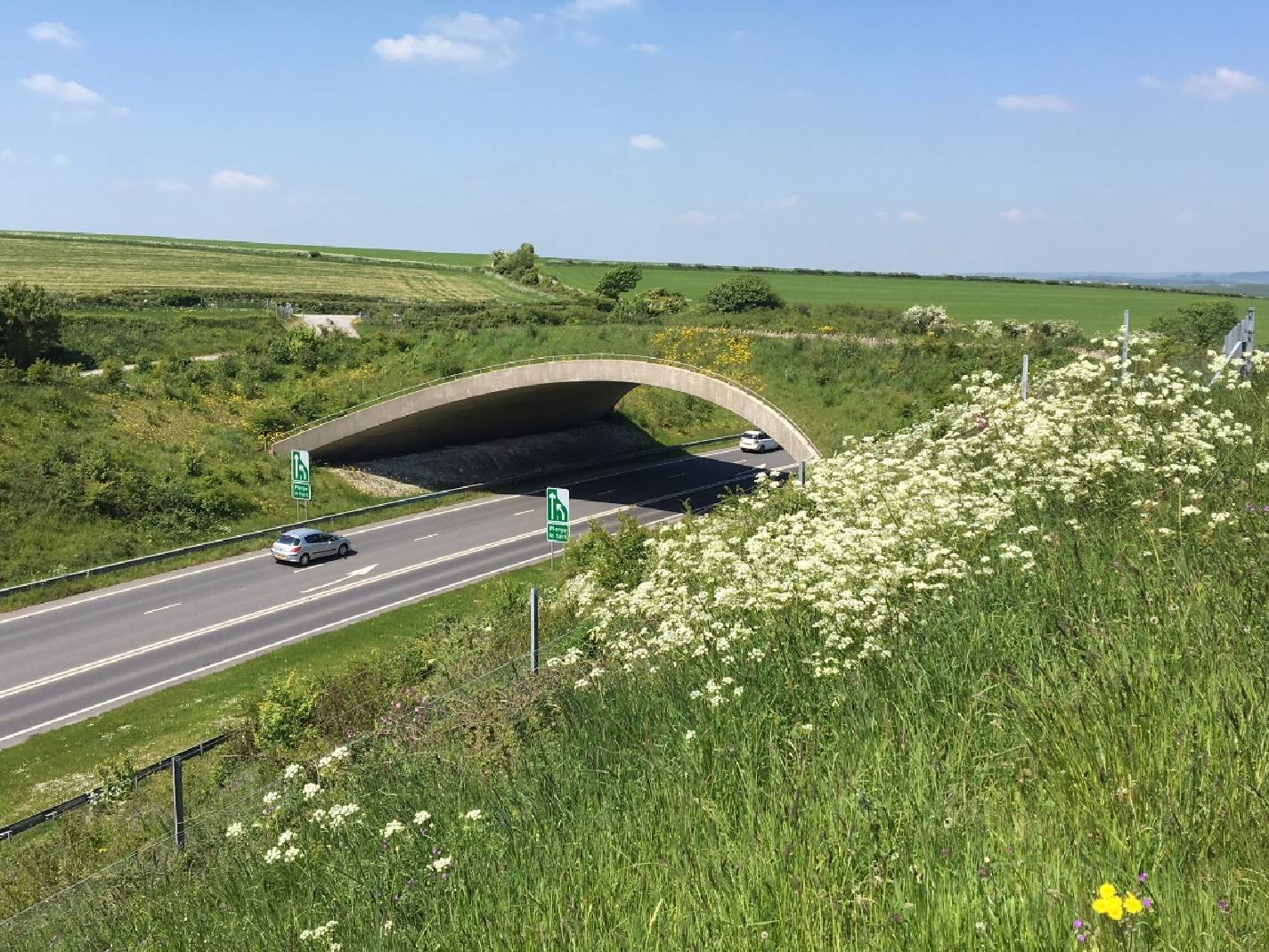
Four ‘green bridges’ will cross the new dual carriageway, specially landscaped to blend in with the environment.
These will be multi-purpose, maintaining access to farmland and helping wildlife cross the new road, as well as allowing walkers, cyclists and horseriders to use footpaths and bridleways.
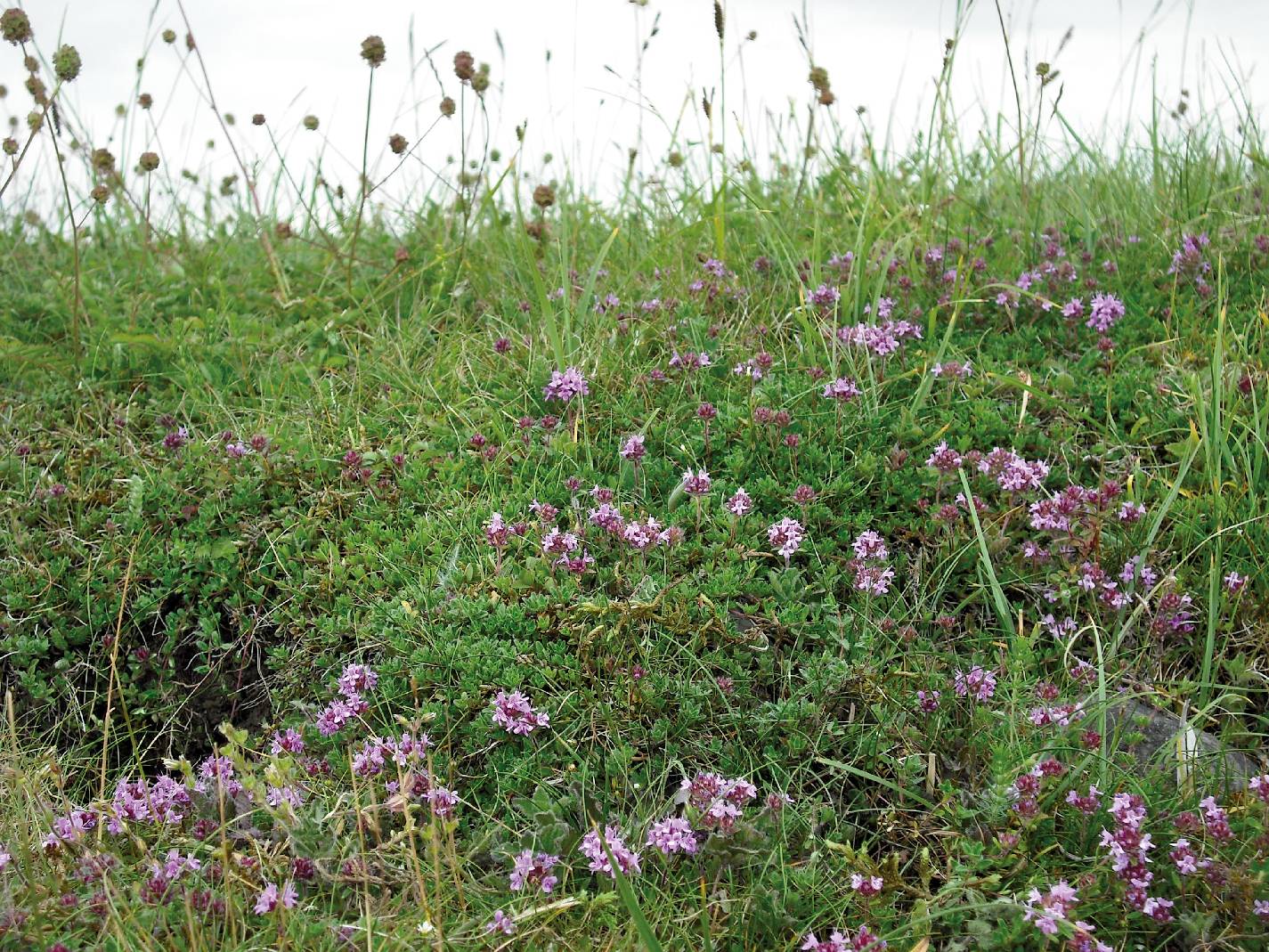
The new road will leave the existing A303 just to the east of Yarnbury Castle on Berwick Down, passing to the south of Parsonage Down National Nature Reserve. Some 100 hectares of new chalk grassland will create habitats for rare birds and fauna – enhancing the biodiversity of the area.
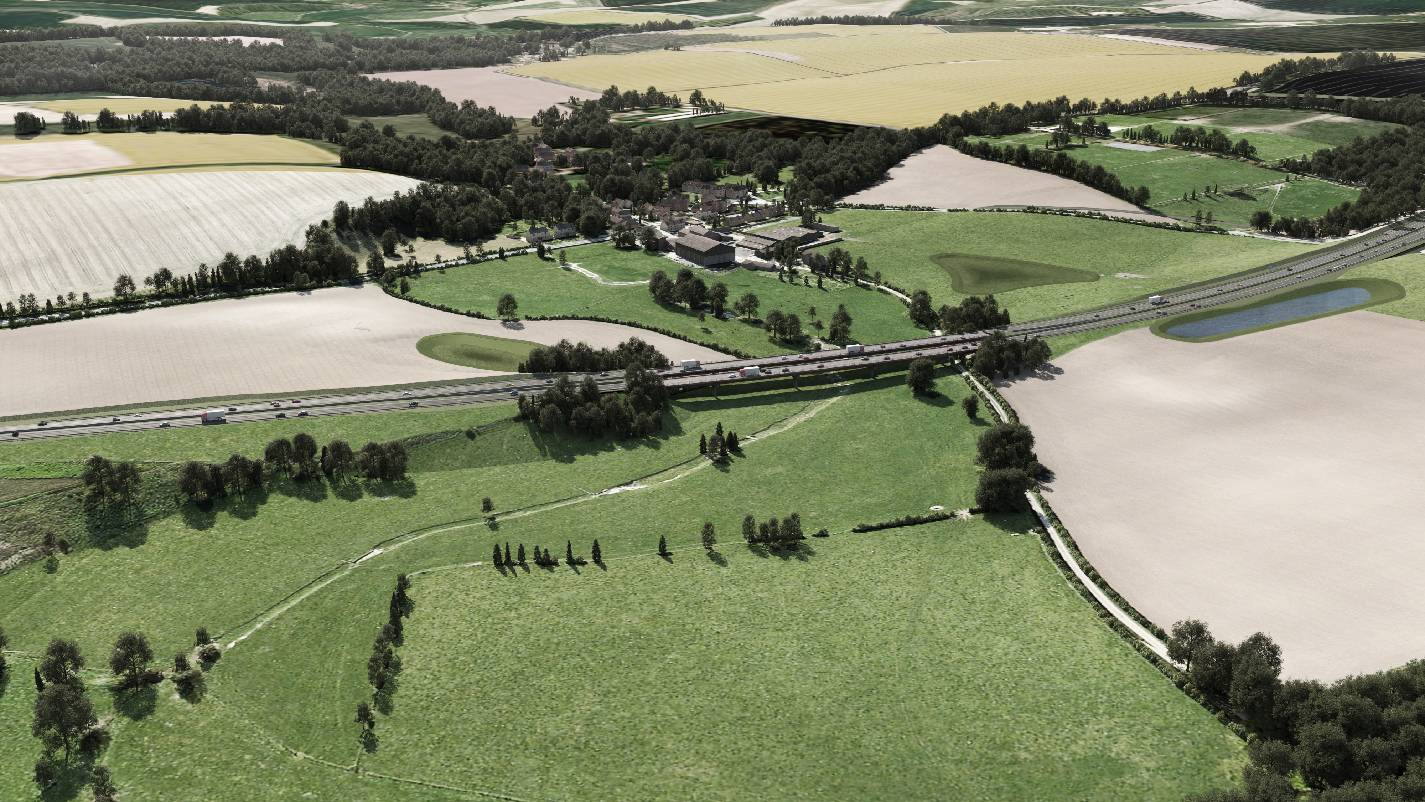
The new Winterbourne Stoke bypass will cross the River Till on a viaduct. This will be landscaped, featuring a 1.5-metre-high environmental screen on the south side – designed to screen traffic from view.
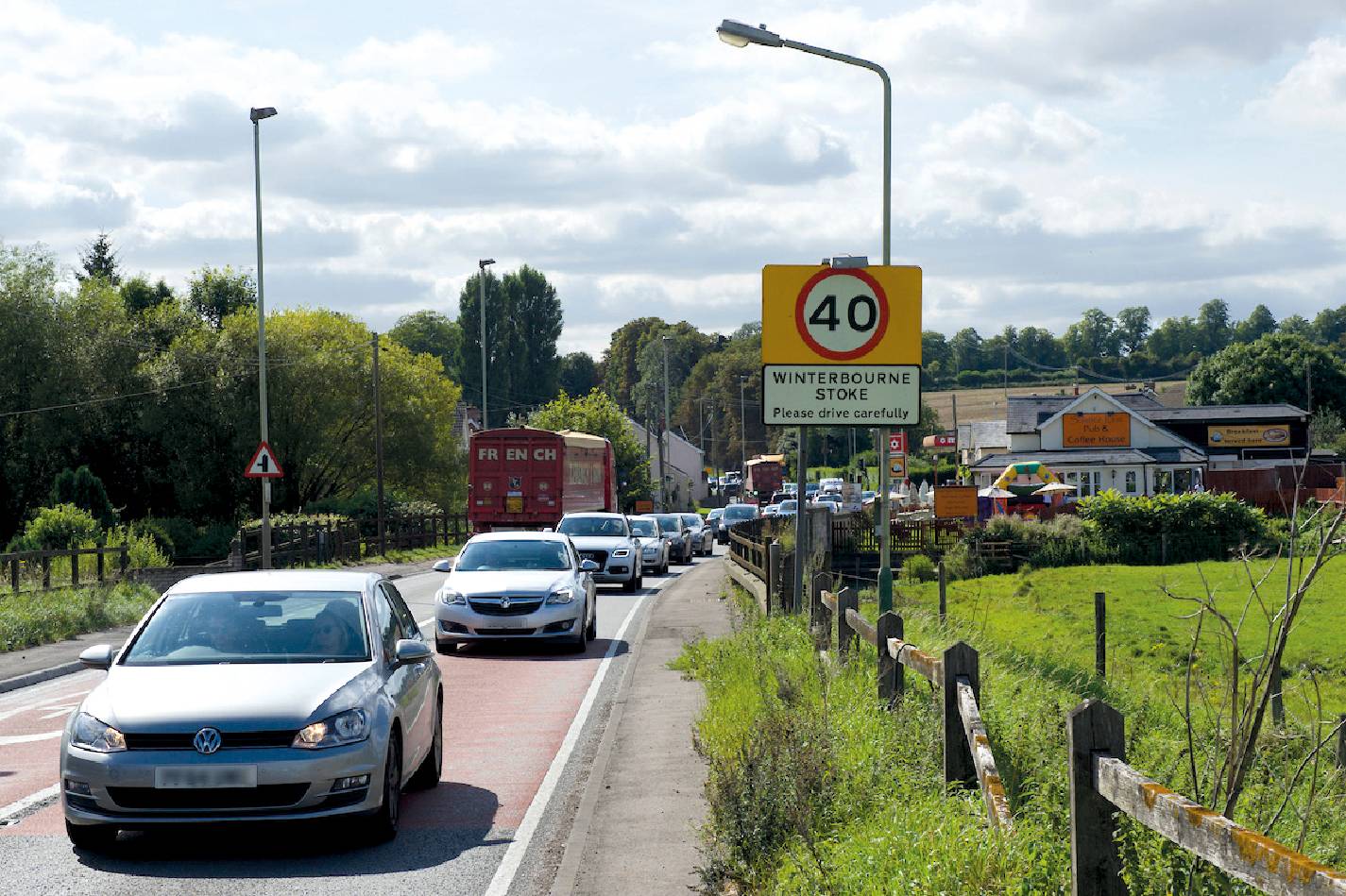
The village of Winterbourne Stoke – currently cut in half by the A303 and blighted by traffic – will have a new bypass running to the north.
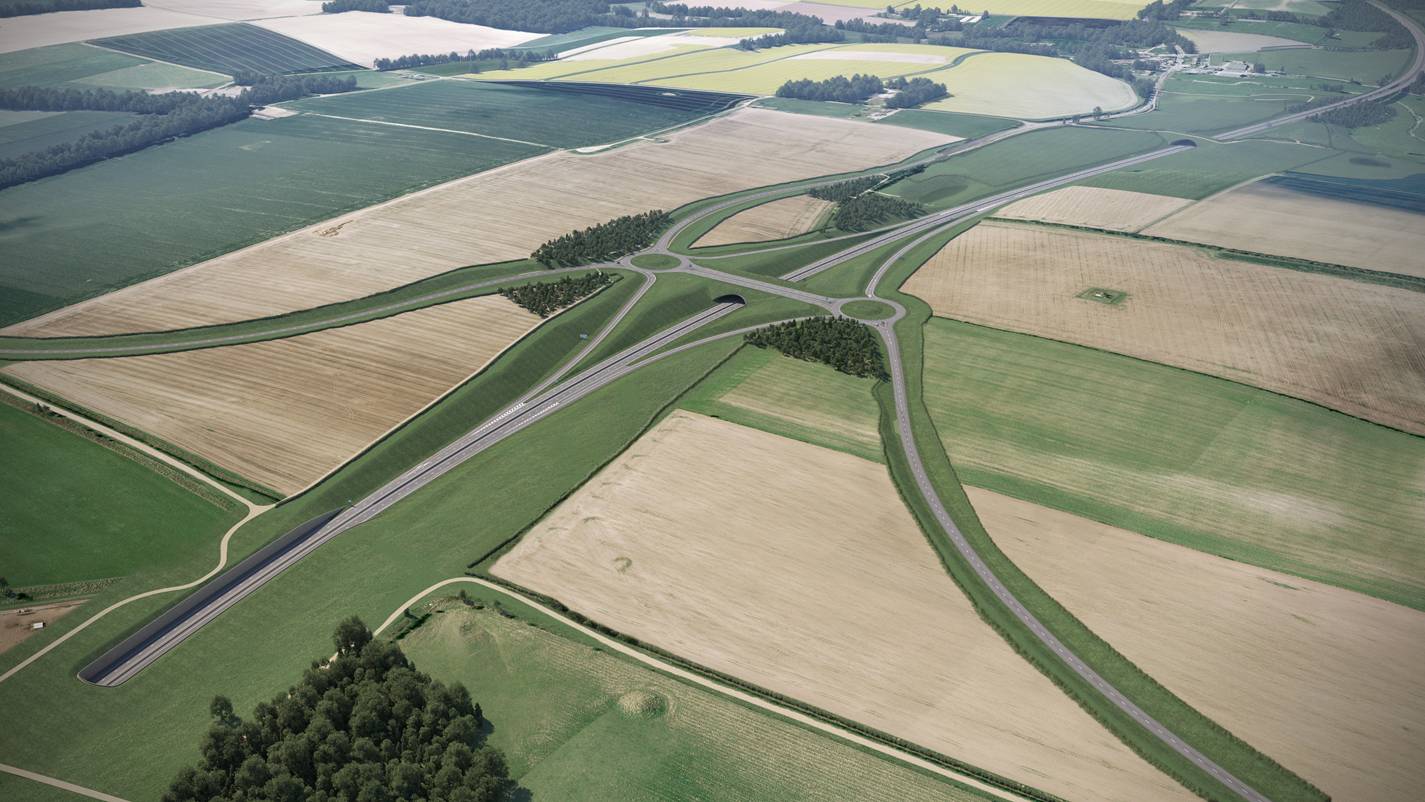
The junction between the A303 and A360 will be moved 600 metres west from where the present Longbarrow roundabout sits on the boundary of the World Heritage Site. The A360 will be diverted to the new junction, controlled by traffic signals, allowing safe access to newly created public rights of way in the World Heritage Site.
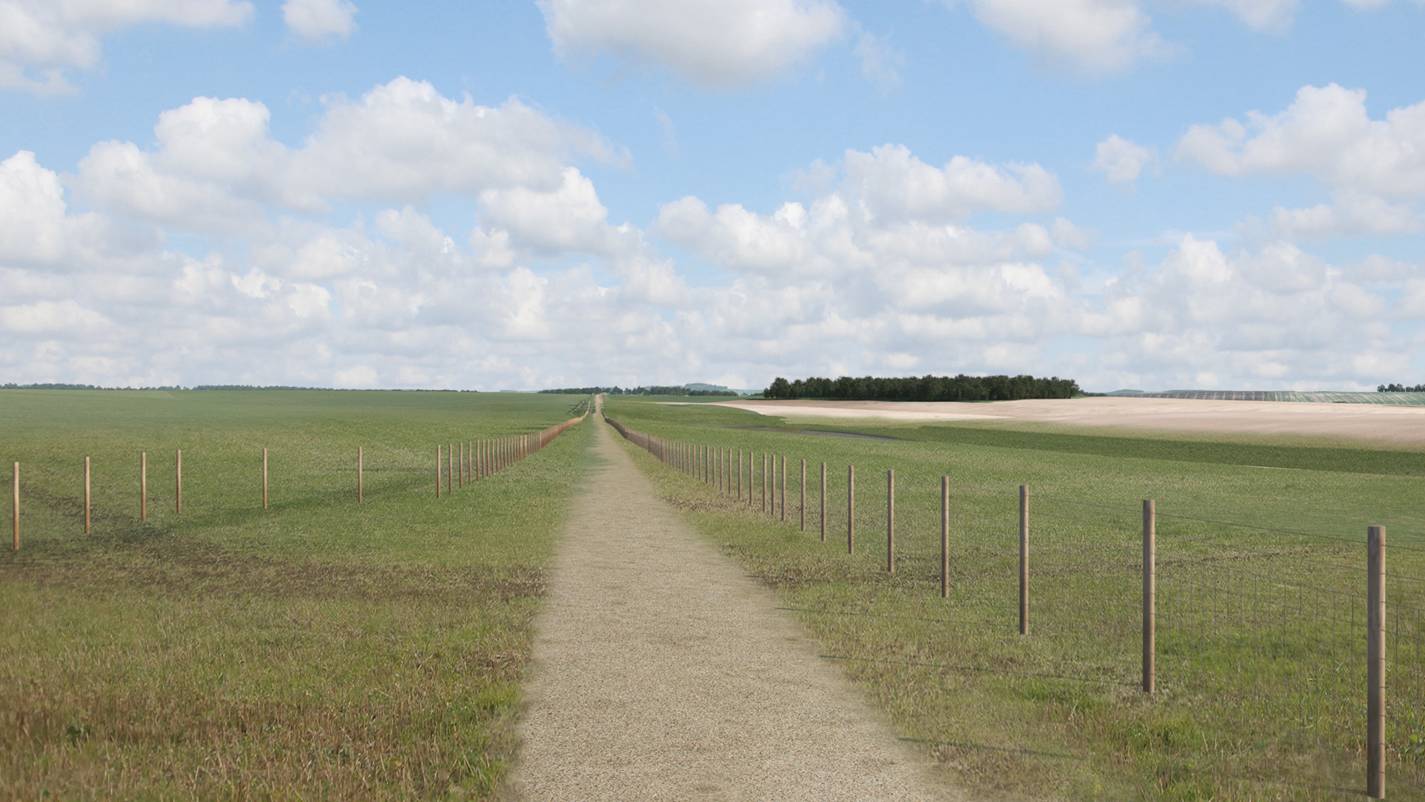
Once the tunnel and new road opens, the old A303 through the World Heritage Site will be transformed into a public right of way for non-motorised use, improving accessibility to the pre-historic landscape for local communities and visitors alike.
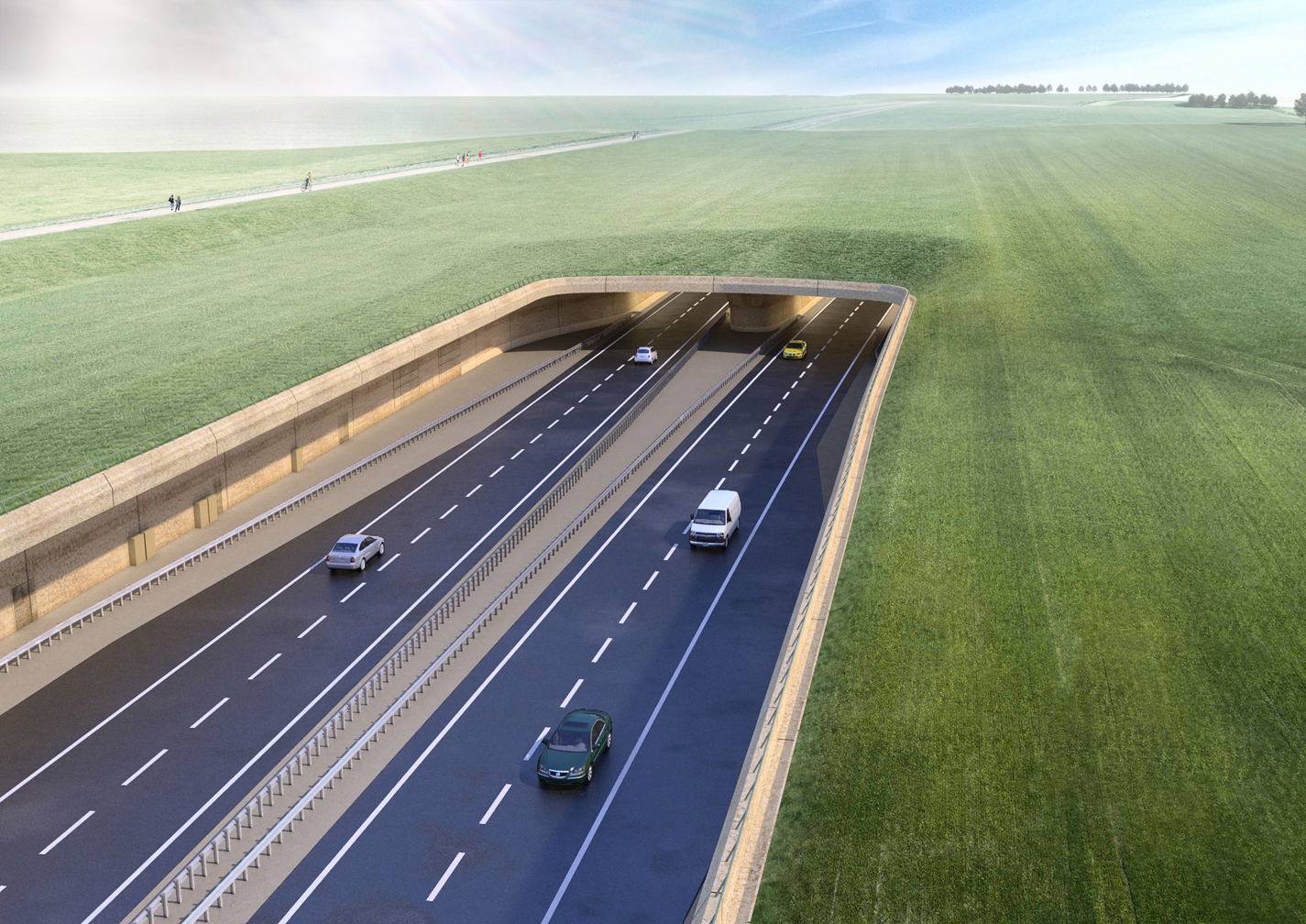
The new road will pass into the tunnel well to the west of Stonehenge. The visual impact of the tunnel entrance will be minimised with a 200-metre-long grassed-over canopy.
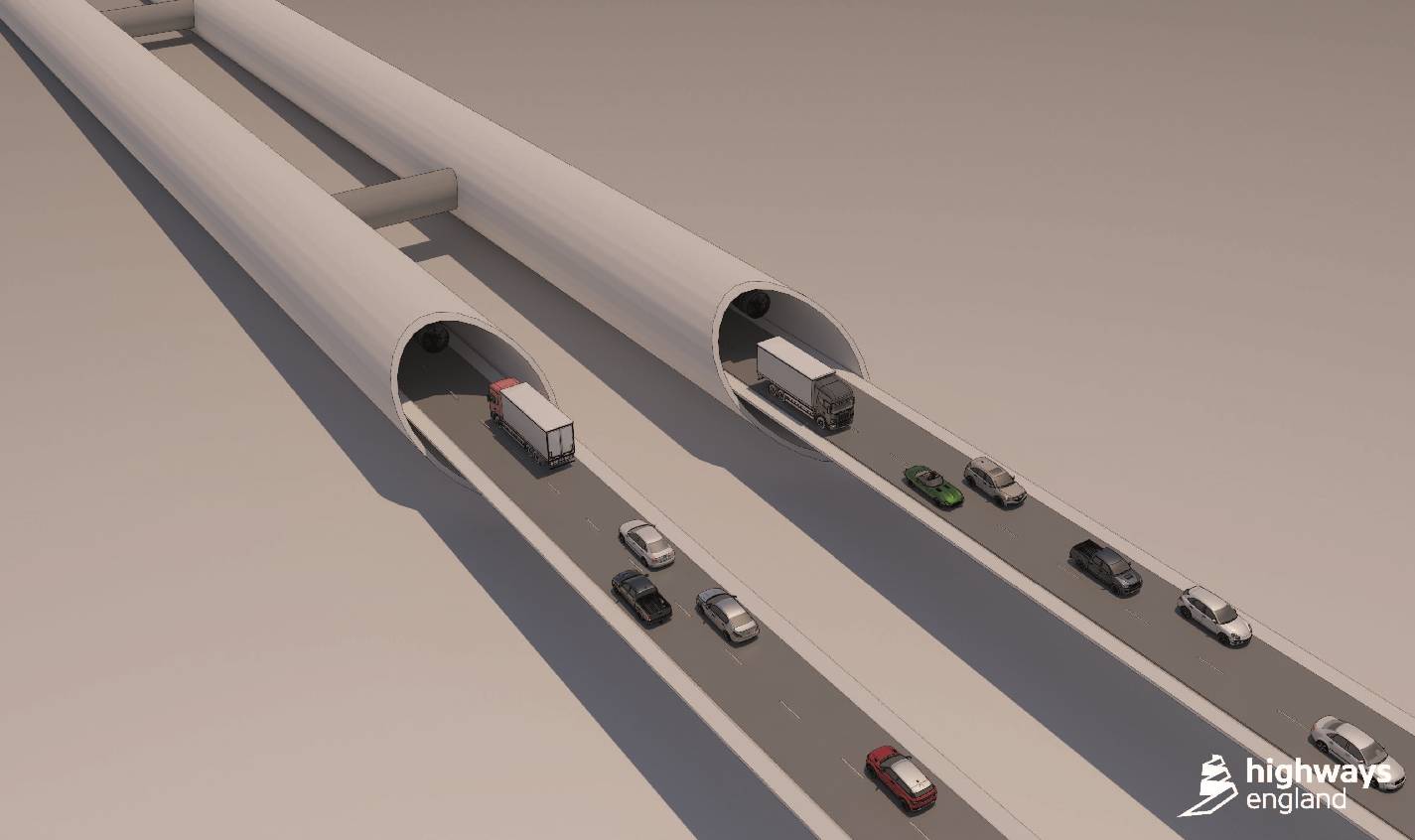
The twin-bore tunnel will be around two miles long, passing more than 200 metres to the south of Stonehenge at its closest point, further away than the existing road.
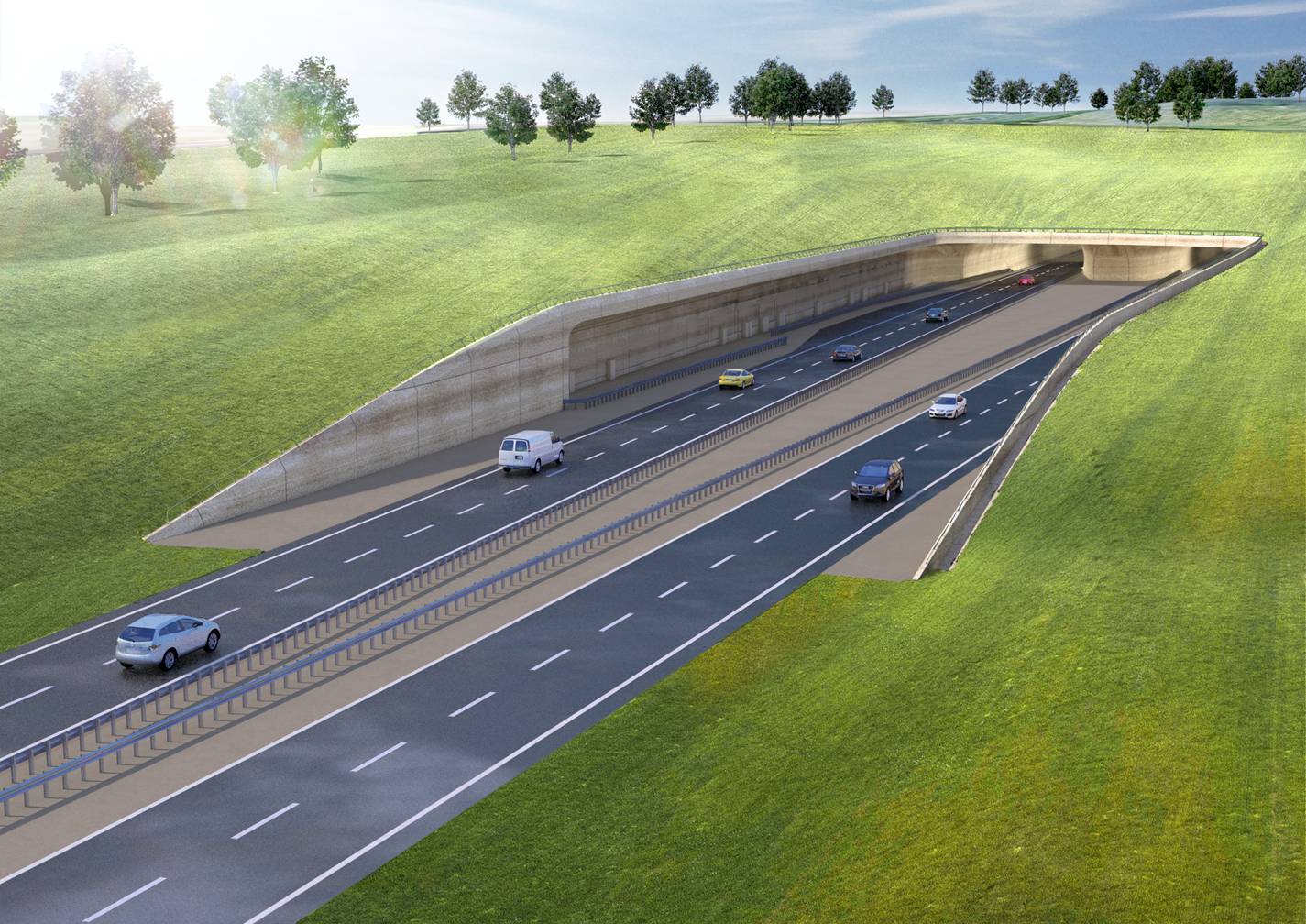
The new road will emerge from the tunnel, under a grassed-over canopy - well out of sight of Stonehenge - approximately 100 metres to the east of The Avenue. This ancient ceremonial route to the stones from the River Avon will be reconnected over the top of the tunnel.
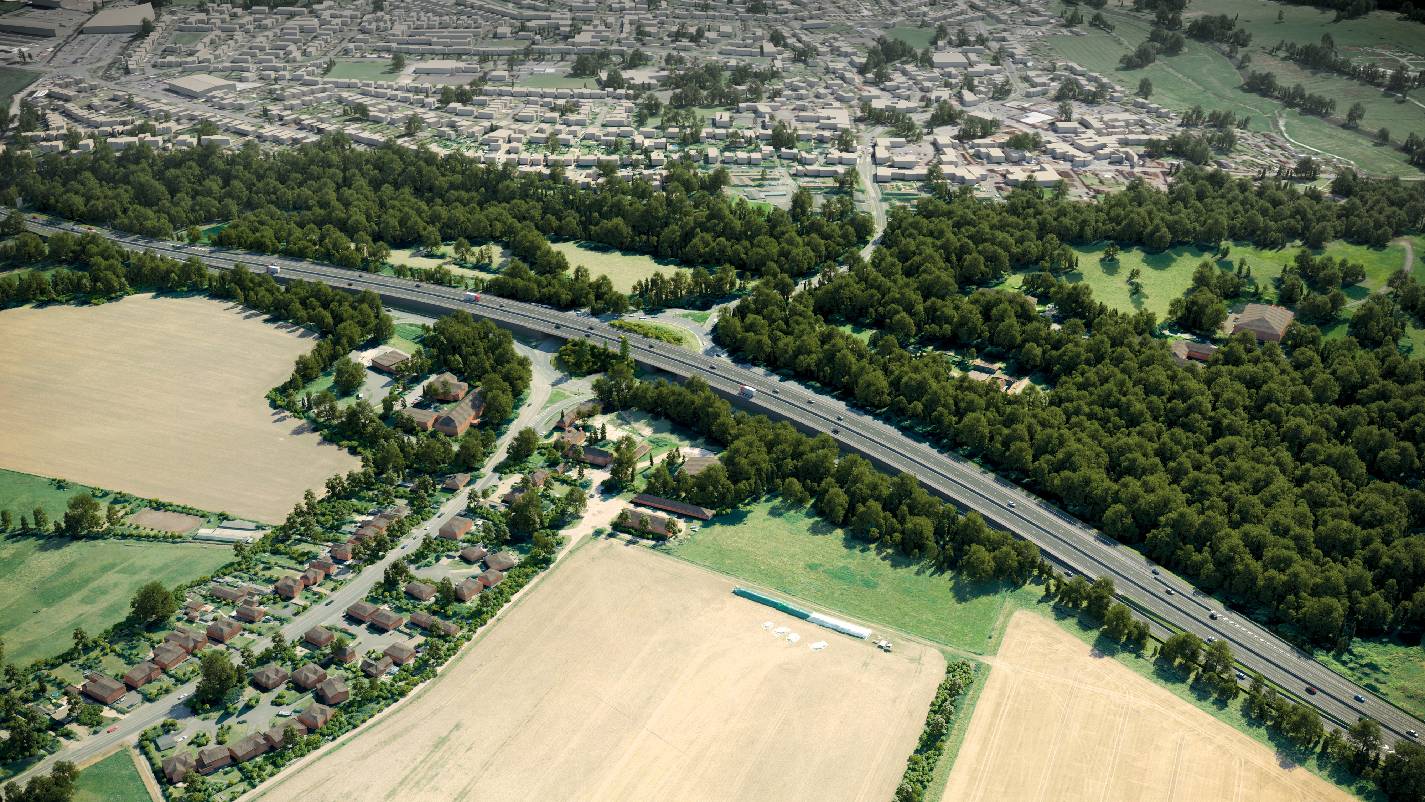
The A303 will pass above the A345 at Countess roundabout, connected by slip roads. The roundabout will be controlled by traffic signals making it easier and safer for pedestrians, cyclists and vehicles to travel along the A345. The design here includes embankments with landscaped slopes and a noise barrier along both sides of the elevated road.
Virtual drive through
Explore our proposed scheme using our virtual animation videos.



